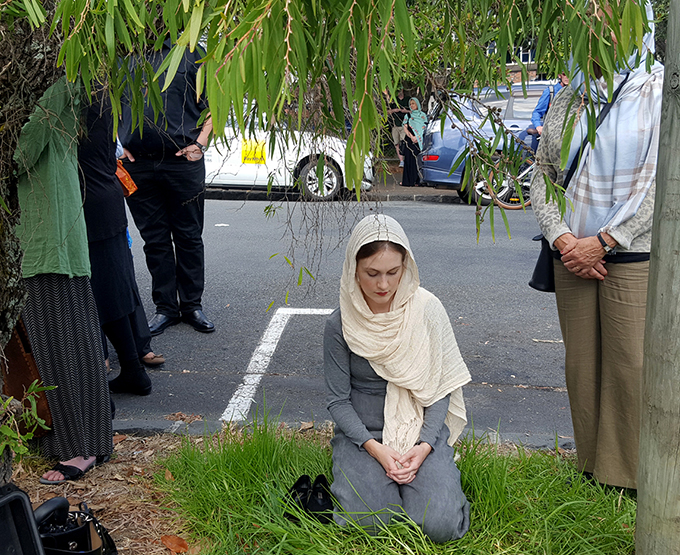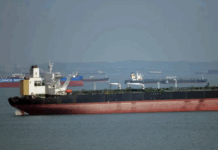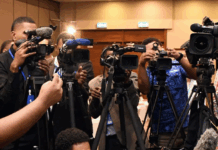
Pacific Media Centre Newsdesk
New Zealand’s unprecedented “internet-native mass shooting” attack on two mosques, the New Caledonia independence referendum, Fiji’s general election and news media responses are featured in the latest Pacific Journalism Review being published next week.
Analysis articles in the “democracy and terrorism edition” include award-winning New Zealand Herald cartoonist Rod Emmerson and RNZ Mediawatch presenter Colin Peacock who says New Zealand will be learning to live with its “loss of innocence” for many months ahead.
Melbourne-based journalist, broadcaster and academic Nasya Bahfen also contrasts how multicultural Australia is “in real life” and “in broadcasting” with a breakdown of Census data.
READ MORE: Pacific Journalism Review on Tuwhera

“Including reflections in the wake of Christchurch, she shows how lack of media representation feeds into hateful stereotypes,” says PJR.
The research journal critiques the united stand taken by New Zealand’s mainstream news media over a set of agreed protocols for coverage of the trial of the accused perpetrator over the killings of 51 people – including one victim who died later – on 15 March 2019.
PJR notes in an editorial that “although many commentators view the protocol and coordinated policy around coverage as a considered and responsible approach to the atrocity and maintaining the principles of ‘open justice’, there has also been some criticism, especially internationally”.
The journal includes strong criticism of social media responses such as by Facebook and highlights the research on representations of Islam in New Zealand by PJR assistant editor Khairiah A. Rahman and Azadeh Emadi of Glasgow University published in the October edition, which was given widespread international coverage.
Fiji’s ‘coup culture’
Last November, Fiji held its second general election in 12 years – and the second since the 2006 military coup – and Sri Krishnamurthi of AUT’s Pacific Media Centre returned to his homeland to cover it.
He was determined to come to grips with the legacy of the “coup culture” and PJR publishes his analysis while Jope Tarai of the University of the South Pacific examines the impact of social media.
November also was the controversial referendum in New Caledonia when both Kanak and Caldoche (settler) citizens voted on whether the island territory should become independent from France.
Although the predicted “non” vote happened, it was far less decisive than expected, opening the door to two more referenda on independence and ongoing political fallout.
David Robie, who covered the New Caledonian uprising as a journalist three decades ago and wrote the 1989 book Blood on their Banner about the conflict, files a special report on the referendum and Lee Duffield, who also visited New Caledonia, analyses the future options.
This double edition of PJR also includes articles about the China Global Television Network’s news values relating to the 2015 Tianjin port explosions that killed 173 people, climate change in Bangladesh, the political economy of iwi and te reo radio broadcasting, the 2018 Malaysian general election and an anti-free speech law, communication narratives of Latin American women in New Zealand and many other topics.
A compelling colour photo essay, “Gangsters in Paradise”, by Todd Henry, linked to a project by Vice Zealandia is one of the edition’s highlights.
The journal, published by the Auckland University of Technology and now in its 25th year, is edited by David Robie and Philip Cass, assisted by Khairiah A. Rahman and Nicole Gooch.
As well as the hard copy edition, Pacific Journalism Review publishes on the open access indigenous Tuwhera digital platform at AUT and on several global databases:









































